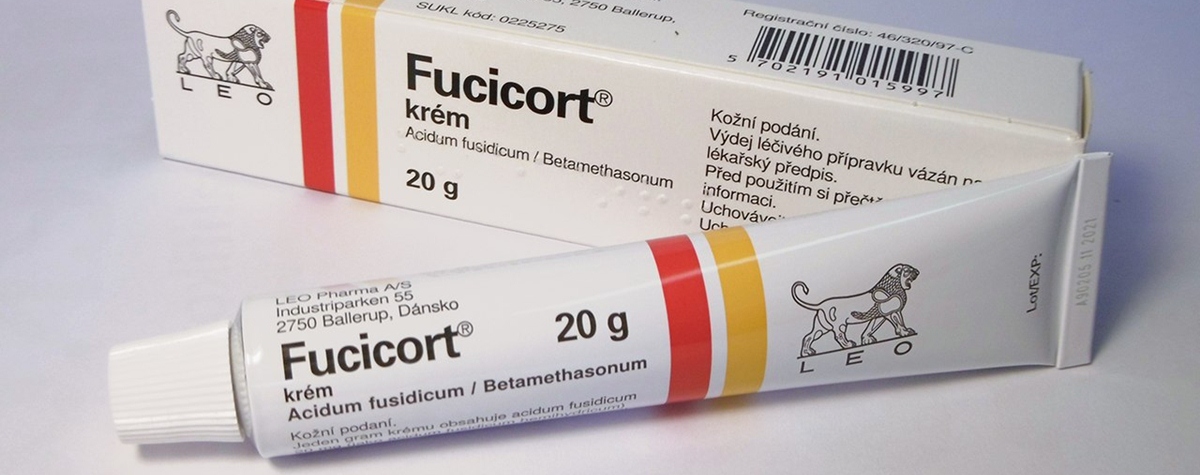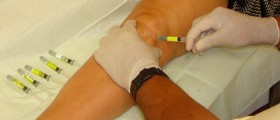Fusidic acid is an antibiotic that is only effective in the treatment of gram-positive bacterial infections, and it can be found in several forms, such as tablets, injections, and creams, but it can also be found as an ingredient in many eye preparations. It works by stopping the bacteria to multiply, and it does not kill them. Its use has increased over the last few years, and it is mostly because global antimicrobial resistance is generally increasing.
Fusidic acid may cause certain side effects, but the important fact here is that none of these side effects is dangerous or serious, so there is no need for any medical attention or for quitting the use of this drug if some of them appear.
Fusidic Acid Side Effects
The most common side effects are diarrhea, nausea, vomiting, heartburn, headache, and swelling in the legs. It is possible that a person may develop an allergic reaction to this medicine, and the symptoms that will appear in that case are common symptoms of any allergy, skin rash, itching, swelling of the tongue, and possible troubles with breathing.

It is recommended to go to the doctor as soon as possible in this case, because the consequences may be fatal if the symptoms of allergic reaction are ignored. In cases where it is used in the form of an eye ointment or eye drops, it is possible to experience blurred vision, tears, swelling of an eyelid, and piercing.
These symptoms are temporary only, but if a person cannot handle them, it is recommended to stop using the preparation. In cases in which it has been taken in the form of an injection, some of the reported side effects are irritation and pain.
Jaundice and symptoms that are related to jaundice have also been reported by people who used fusidic acid, but they were temporary, and they disappeared after the treatment was over. This means that the medicine affects the liver, and may cause problems with this organ, so if a person already has problems with it, the doctor should be informed about it. Pregnant women should not use it, because it is not known whether or not it can cause problems with the baby. The same applies to breastfeeding mothers since the medicine can be passed to the baby through the milk.
- Non-US labeling reflects safety concerns related to gastrointestinal, allergic, hematologic, and neurologic adverse events. We sought to survey available safety data on fusidic acid through the review of published global literature between 1962 and 2007 that contained data on oral fusidic acid safety and a centralized database (VigiBase) of spontaneous safety reports.
- Overall, the data were concordant with current product labeling, and no serious adverse events, such as death, hospitalization, or hepatotoxicity, were convincingly linked to fusidic acid monotherapy in skin infection patients. Other indications for fusidic acid use were also common, including osteomyelitis with similar reporting of labeled safety characteristics.
- New Zealand, Canada, the United Kingdom, and Ireland have approved FA for use and have readily available product labels. The most common dosing schedule in these labels is 500 mg orally, taken 3 times daily. The 2 most frequent approved indications in these labels are skin infections and osteomyelitis. The most common organ systems for which safety data are cited in the labeling are gastrointestinal, neurologic, allergic, and hematologic.
- Safety concerns reflecting the character, seriousness, and frequency of adverse events are summarized. Of greatest concern are the 61 deaths (independent of treatment indication) identified in 12 articles. A large proportion of these deaths (n = 33, 54.1%) were identified in 1 article and were insufficiently characterized to assess drug exposure or attribution of drug and outcome. Variable amounts of detail were available for the remaining cases (n = 28, 45.9%), and after full review, none provided sufficient data to demonstrate causal attribution to FA.
Before using this medication, it would be useful to read the leaflet that comes along with the medicine, just to become familiar with possible side effects and to know in which situations it is necessary to react and seek medical help, and in which the symptoms may be ignored.
- www.nhs.uk/medicines/fusidic-acid/
- pubmed.ncbi.nlm.nih.gov/10528781/
- Photo courtesy of Tomino de WS by Wikimedia Commons: commons.wikimedia.org/wiki/File:Fucicort_20_g_crm.jpg

















Your thoughts on this
Loading...